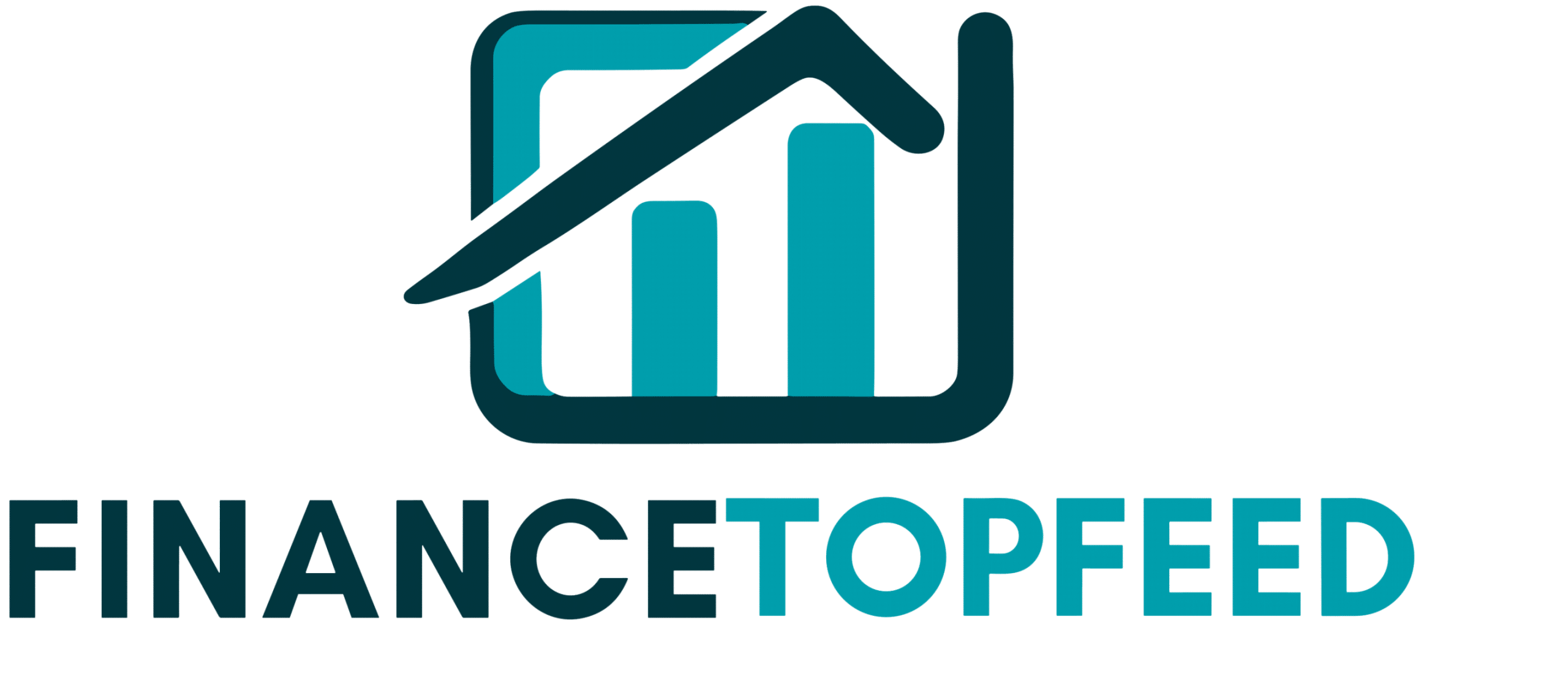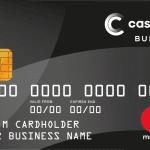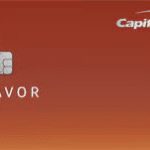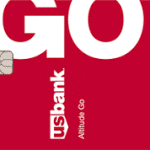Advertising
Living paycheck to paycheck can feel like a never-ending cycle. Every dollar that comes in already has a destination — rent, bills, groceries — leaving little to no room for savings or emergencies. But often, it’s not just income holding people back. It’s the small, often unnoticed money traps that slowly drain your finances.
These traps don’t always look dangerous at first. A few dollars here, a small subscription there — over time, they snowball. If you’re not careful, these habits can lock you into financial stress, making it nearly impossible to get ahead.
In this article, we’ll explore nine common money traps that keep people stuck living paycheck to paycheck. Recognizing them is the first step to reclaiming your financial freedom — and taking control of your future.

1. Relying on Credit Cards for Basic Expenses
Using credit cards to pay for groceries, rent, or utilities can quickly lead to a growing balance with high interest. While it may feel like a safety net, this strategy often results in mounting debt that’s difficult to escape.
What to do instead: Focus on adjusting your budget to cover essentials with your income. Use credit cards only when you can pay them off in full each month.
2. Ignoring Small Recurring Charges
A $5 subscription might not seem like a big deal — but 10 of them equals $50 monthly. Many people forget about these charges, especially when they’re auto-renewed.
What to do instead: Audit your bank statements monthly and cancel anything you haven’t used in the past 30 days.
3. Making Only Minimum Payments on Debt
Minimum payments may keep collectors at bay, but they barely touch the principal. Over time, you end up paying far more in interest.
What to do instead: Try the avalanche or snowball method to accelerate debt repayment. Even an extra $25 per month can make a difference.
4. Not Having a Budget or Spending Plan
Flying blind with your finances leads to overspending. Without a clear plan, it’s easy to spend money on things that don’t align with your goals.
What to do instead: Create a simple budget based on your income and fixed expenses. Allocate the rest into essentials, savings, and personal spending.
5. Failing to Track Your Daily Spending
It’s not always the big purchases that hurt — it’s the daily coffee, snacks, and impulse buys. These add up fast and often go unnoticed.
What to do instead: Track every expense for one month. Use an app, a spreadsheet, or even paper and pen to see where your money really goes.
6. Buying “Cheap” Instead of Smart
Opting for the cheapest option might save you money today but cost you more in the long run. Cheap clothes, tools, or appliances often break or need replacement quickly.
What to do instead: Focus on value. Invest in quality where it counts and save in categories that don’t impact durability or efficiency.
7. Taking Payday Loans or Quick Cash Offers
These short-term loans come with sky-high interest rates and fees. Once you’re in, it’s hard to get out, trapping you in a cycle of borrowing.
What to do instead: Look for community assistance programs, credit union loans, or negotiate directly with service providers before turning to payday loans.
8. Skipping Emergency Fund Contributions Completely
If you’re always one emergency away from disaster, it’s because you don’t have a buffer. Even $10 a week saved consistently builds protection.
What to do instead: Start small. Open a separate savings account and automate small transfers after each paycheck.
9. Falling Into Lifestyle Creep After Pay Raises
It’s tempting to upgrade your lifestyle with every income bump — better car, bigger apartment, more dining out. But this erases any financial progress.
What to do instead: When your income increases, boost your savings rate first. Let your lifestyle grow slowly and intentionally.
Underestimating the Cost of Convenience
Convenience is tempting — ordering takeout after a long day, paying extra for same-day delivery, or opting for pre-cut vegetables at the store. These small conveniences often feel justified in the moment but silently inflate your monthly expenses.
The real danger? These spending decisions don’t feel like luxury — they feel like survival. When you’re tired or stressed, it’s easier to swipe for comfort or speed than to plan ahead. But when convenience becomes the default, you may be spending $200–$400 more per month without realizing it.
What to do instead: Start identifying your “convenience spending triggers.” Is it a busy schedule? Lack of meal planning? Poor time management? Then, build small habits to reduce the reliance on costly shortcuts. For example, prep simple meals on Sundays, schedule your week in advance, or group errands to avoid unnecessary delivery fees.
Convenience isn’t the enemy — unconscious convenience is. When you become aware of how often you trade money for time or ease, you can choose more strategically. A little extra effort can save a lot over time — and when you’re living paycheck to paycheck, every small saving counts.
Conclusion: Break the Cycle by Avoiding Money Traps
Avoiding money traps is less about depriving yourself and more about becoming aware of how your financial habits impact your stability. Living paycheck to paycheck isn’t always a result of low income — it’s often the product of unconscious spending patterns and poor planning.
By identifying and eliminating these nine common money traps, you create room in your budget, reduce stress, and take real steps toward financial freedom. Start with just one trap — the one that resonates most — and commit to changing it this month.
You don’t need a drastic overhaul to break the cycle. You just need consistent, intentional action — and that starts with awareness.








